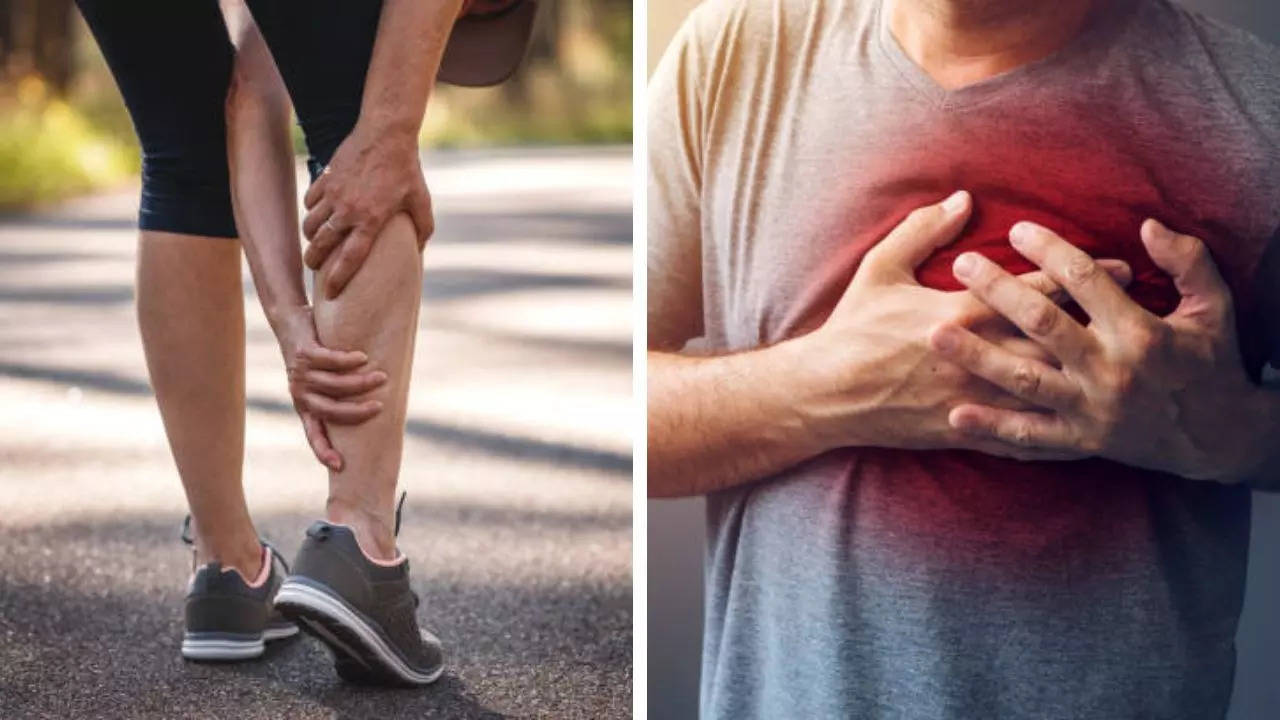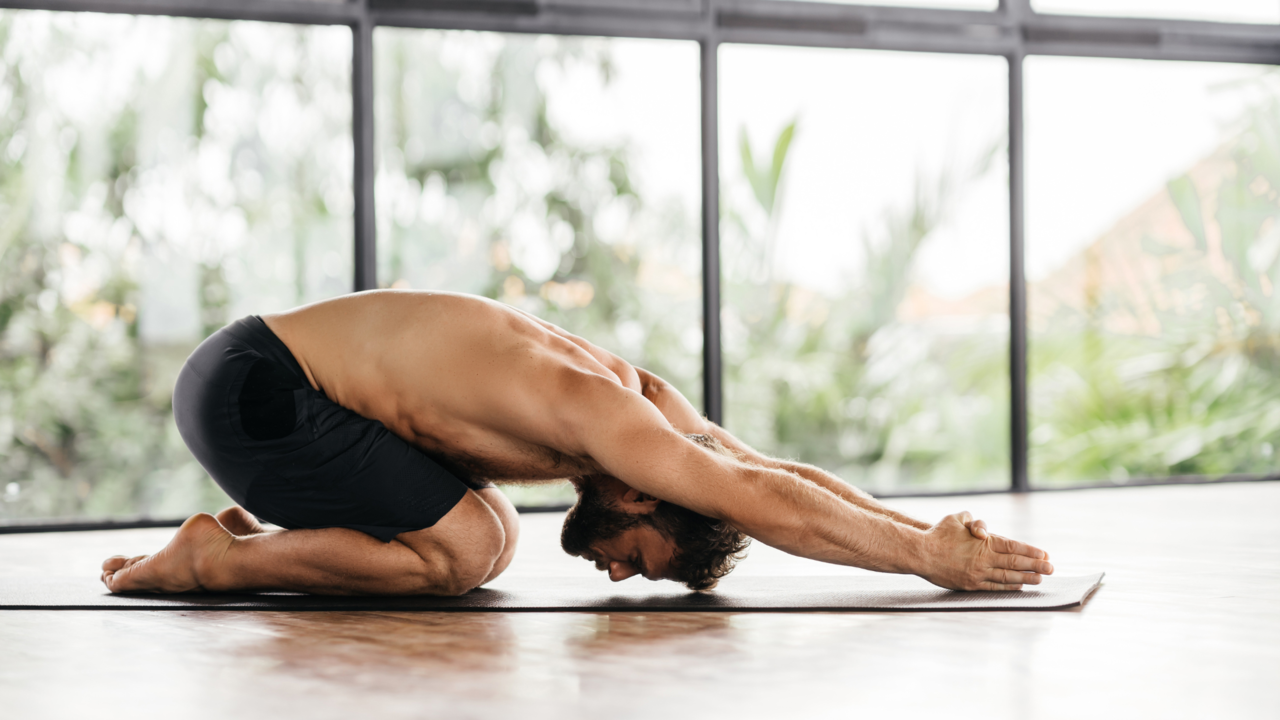Fall Prevention: Balance And Strength Exercises For Older Adults, According To Experts

Ageing increases the risk of falls and fractures. Experts say fractures in the elderly cause high morbidity and mortality. While the common fractures are that of the hip followed by wrist and spine and need surgery with the sole aim and purpose of getting the patient out of bed and managing the pain, it is important to know ways to avoid it.
According to Harvard Health, every year, more than 25 per cent of adults 65 years or older have a fall, and 3 million are treated in emergency departments for fall injuries. “And so, incorporating specific exercises and physical activities into the daily routine can significantly improve muscle strength and reduce fall risk and thus these fractures,” Dr. Kiran Kharat, Senior Consultant Orthopedic Surgeon and founder Director of arthritis and joint replacement unit, Ruby Hall Clinic, told Times Now.
What are the risks of fall? Related News |
According to Dr. Poonam Bajaj, Senior Consultant - Rehabilitation, Rehabilitation, and Sports Medicine, Sir H.N. Reliance Foundation Hospital, falls can occur due to multi-factorial reasons, and the most common causes are twofold, which include:
Personal
Deterioration in muscle strength especially in the lower body, deterioration of vision, chronic medical conditions such as diabetes, and previous falls
Environmental
Which include footwear, indoor environments such as loose carpets or wet surfaces, outdoor- unsteady surfaces, poor lighting, and medication. “Environmental factors are usually easily modifiable by ensuring dry surfaces, grab bars, and guard railings at home,” said Dr. Bajaj.
Related News |How can you prevent falls?
Doctors say while it is not possible to completely prevent a fall, there are many exercises that help focus on balance and strength training that reduce the risks. “Loss of muscle strength needs to be counterbalanced by strength training exercises in the major muscle groups of the lower extremity- such as the gastrocnemius (calf muscle), the quadriceps (thigh muscle), the hip girdle muscles (gluteal muscles). It is important to strengthen the upper body muscles as well- so that in the event of a fall or near fall- the upper extremity can help in bracing and reduce the impact of a fall,” Dr. Bajaj added.
According to Dr. Kharat, a few recommended exercises are:
Balance Training
- Stand on one foot, heel-to-toe walking, and tai chi
- Strength Training
- Squats, lunges, leg press, and resistance band exercises
- Flexibility and Stretching
- Yoga, Pilates, or simple stretching exercises
- Functional Training
- Simulated daily activities like getting up from a chair or climbing stairs
Physical activities
Brisk Walking
Aim for 30 minutes per day
Swimming or Water Aerobics
Low-impact exercises for your joint health
Cycling
Stationary bike or outdoor cycling.
Dance-Based Programs
Fall-prevention programs like "stepping on."
However, Dr. Kharat says you also have to follow certain tips and precautions and it is always better to consult a healthcare professional and involve physiotherapy before starting any new exercise program. There are also a few additional fall prevention strategies and resources, which include:
- Home safety modifications like handrails and non-slip mats
- Vision checks and corrective eyewear
- Medication management – like avoiding sedatives
- Nutrition and hydration guidance





